The traditional Schengen visa sticker is being phased out, as the European Union (EU) shifts to a completely digital visa system—marking one of the most significant reforms in decades.
Travellers from Bangladesh and around the world heading to Europe will now receive a secure digital visa in the form of a 2D barcode instead of a physical sticker in their passport.
This transformation follows a major policy decision adopted by the EU foreign ministers in November 2024 to transition the entire Schengen visa application process to an online platform.
The move aims to enhance efficiency, strengthen security, and modernise travel for millions visiting the 29 Schengen countries.
What’s Changing with the Schengen Visa?
The digital Schengen visa, officially approved in June 2023, replaces the passport sticker with a digitally signed barcode linked directly to the EU’s central visa database. Upon arriving at any EU border, the barcode will be scanned, allowing immigration officers to instantly verify visa validity and traveller identity.
The EU already trialled this system successfully during the 2024 Paris Olympics, issuing 70,000 digital Schengen visas. Based on the positive outcome, the system will now be gradually implemented across all EU member states, becoming fully operational by 2028.
Travellers will apply through a unified EU visa platform, where they can upload supporting documents, pay visa fees, track application progress, and receive their digital visa without physically visiting embassies—unless they’re providing biometrics for the first time.
New Border Security Systems: EES and ETIAS
Alongside the digital visa, the EU is also introducing two new border control systems:
Entry/Exit System (EES): Launching in October 2025, EES will replace manual passport stamping with automated biometric checks, including fingerprints and facial recognition.
European Travel Information and Authorisation System (ETIAS): Expected to roll out by 2026, this will require visa-exempt travellers (such as those from the US or UAE) to obtain pre-entry clearance online.
While Bangladeshi travellers are not visa-exempt and will still need a Schengen visa, these changes will impact how they are processed at entry points, with biometric e-gates replacing traditional border queues.
What It Means for Bangladeshi Travellers
For Bangladeshi passport holders, this digital shift brings both convenience and speed. First-time applicants will still need to visit visa centres to submit biometric data, but repeat travellers will benefit from a faster and mostly online experience.
The digital visa reduces paperwork, aligns with global tech trends, and makes travelling to Europe more seamless—especially for students, businesspeople, and tourists who travel frequently.
Once the system is fully in place, Bangladeshi applicants can expect shorter processing times and less in-person hassle.
In short, the future of Schengen travel is going digital—and Bangladeshi travellers should start preparing for a paperless, barcode-based journey to Europe.


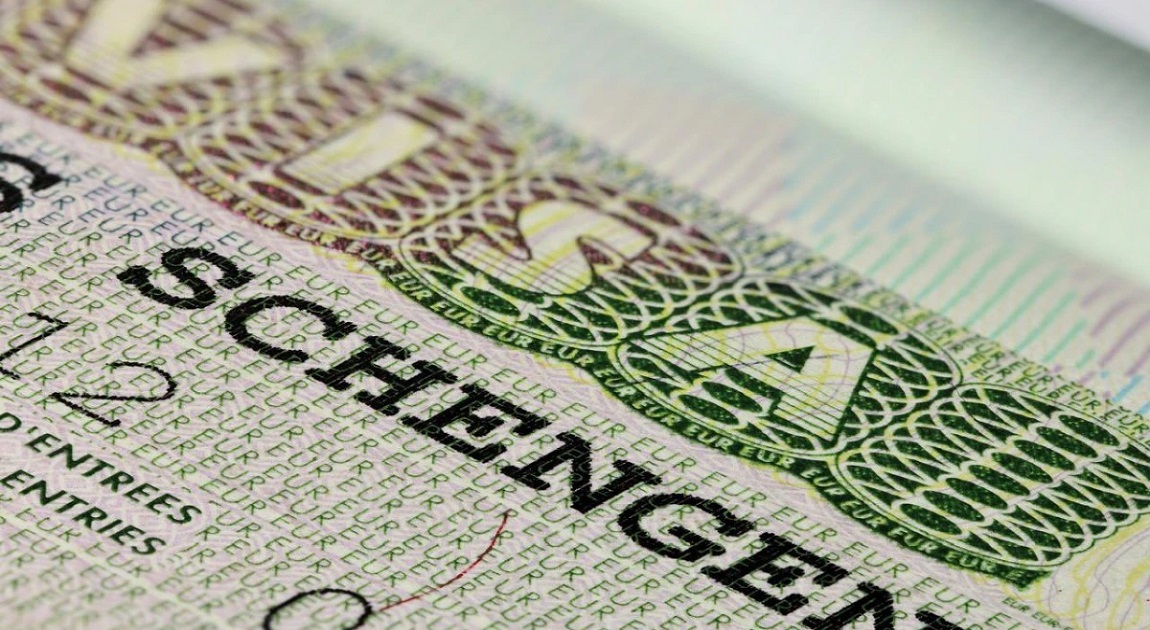

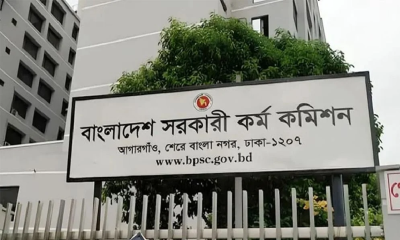
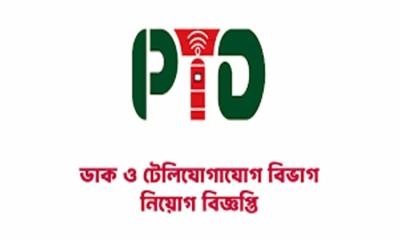




-20260108125417.webp)




-20260108103159.webp)



-20260108082414.webp)





-(2)-20260102070806.jpeg)

-(25)-20251122062715-20260105041159.jpeg)

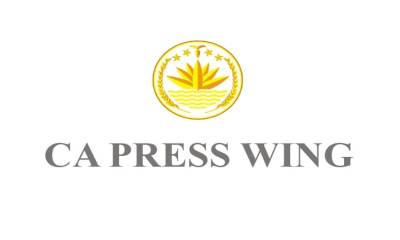




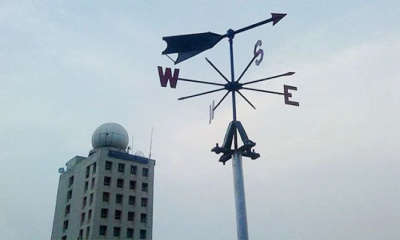

-20260103102222.webp)


